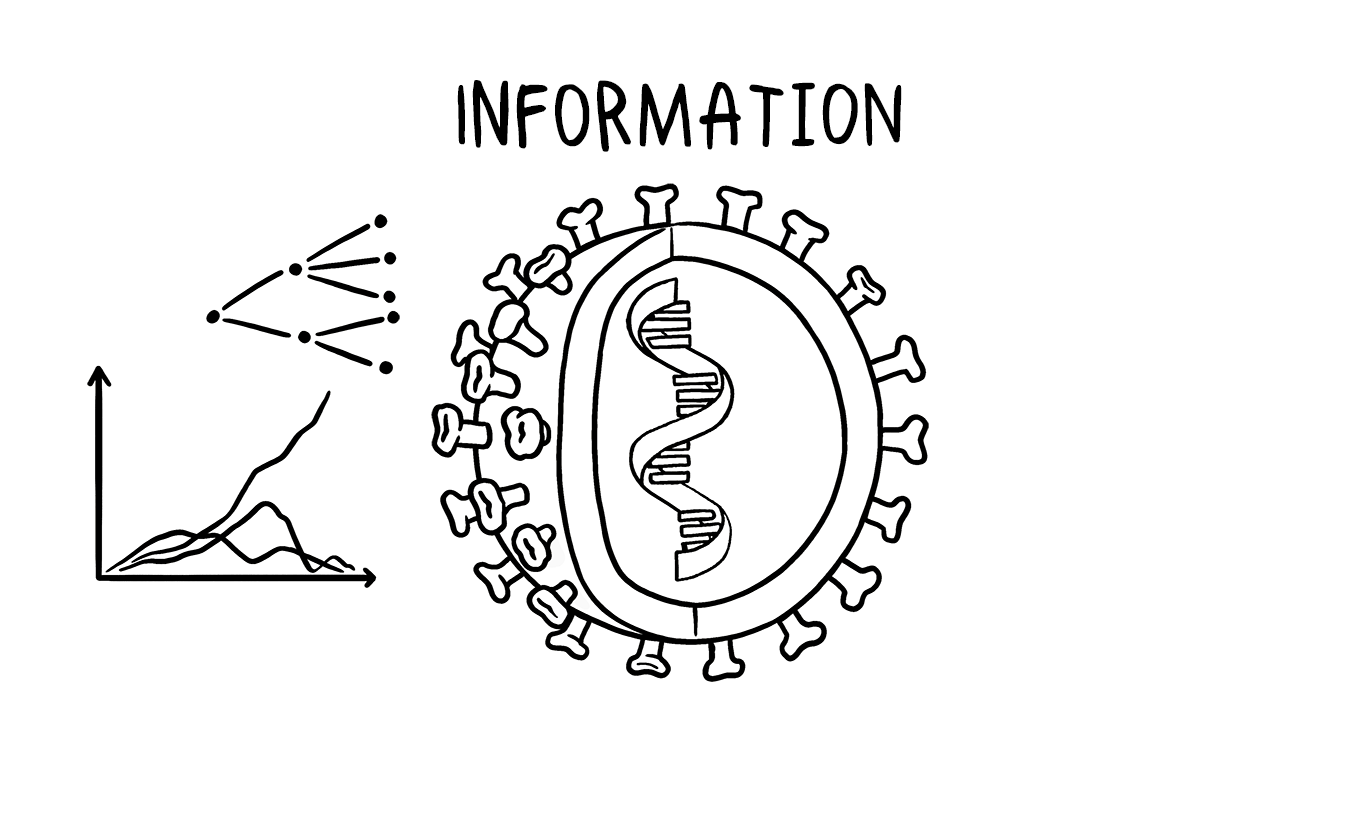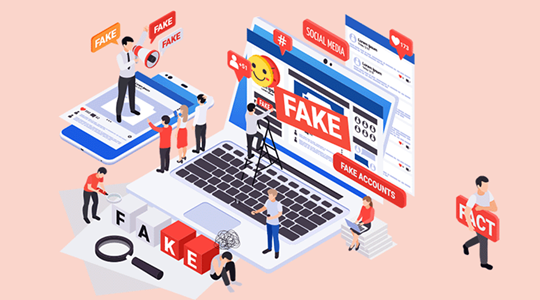Types of fake news
- Desinformation: False information that is created and spread intentionally, to make money, to intimidate and/or exclude an individual or social group, or to harm an organization or country.
- Malinformation: Information that is in itself correct, but is misused to blacken or intimidate something or someone. This often applies to illegally obtained or privacy-sensitive information.
- Misinformation: Incorrect information that is usually not spread intentionally. The person sharing the information doesn't know that it is incorrect.
- Hoaxes: Messages that are intentionally untrue and often intended to cause confusion or panic. Think about warnings for non-existent computer viruses for example.
- Satire: Information not intended to mislead but to make you think by criticizing in a humorous way. Look at the website The Onion for example.
As mentioned in the video, the term 'fake news' is also used to exclude or discredit information, people or media. During his presidency (2017-2021) for example, Donald Trump regularly labelled articles and facts that he didn't like as 'fake news'.
It goes even further when people are prosecuted for spreading unwelcome information. In March 2022, for example, a new law, under which spreaders of 'fake news' about the war in Ukraine could receive up to 15 years in prison, was passed in Russia.
Fake news isn't new
For a long time, one-sided or fabricated information has been disseminated for various purposes, such as winning supporters for certain ideas or misleading people by spreading incorrect information.
Examples of this can be found in the early modern age in the form of pamphlets. The invention of the printing press made it much easier to reproduce and distribute these kind of writings. During the Eighty Years' War there was even talk of a 'pamphlet war'.
Around 1900, the phenomenon of 'Yellow journalism' emerged in America. Thorough journalistic research was no longer important, instead sensational headlines and exaggerated stories about crime and scandal were used to boost sales of newspapers.
The dangers of fake news
Why is it a problem?The greatest danger of fake news is that you might not longer know who or what to believe. When you lose confidence in experts and journalists, you can become more receptive to disinformation. People are more likely to believe something if it fits their worldview, and spreaders of fake news take advantage of this to influence public opinion, incite hatred or spread propaganda.
This is reinforced by social media and other internet applications that enable the rapid spread of fake news. A study at the Massachusetts Institute of Technology found that posts on Twitter that were rated fake by factcheckers were retweeted faster than posts that were rated factually correct. The researchers suspect that people are more inclined to share messages that are surprising or unusual.
This WHO animation shows how fake news can spread so quickly and what to do about it:

Purpose
Why is it being spread?There can be several reasons why fake news is created and spread:
- Influence: Trying to influence public opinion by spreading disinformation or propaganda. For example, in 2017 Russia tried to sabotage the elections in France
- Causing harm: By spreading disinformation, people, organizations or countries can be discredited. An example is making countries, politicians or population groups suspicious by means of manipulated images.
- Commercial: On social media more clicks means more income. So-called clickbait tries to tempt people to click with sensational headlines. Whether the content of the article is correct is of little or no importance, the aim is to earn money from it.
- Criticizing: The aim is to make people think. You see this in satire, where criticism is delivered in a humorous way.
Characteristics
How can you recognize fake news?What, Who & Why
Investigate the source, look up the creator and find out the purpose of the piece/text
- What source is it? Check the information under 'about us' or 'contact' on the website.
- Who made it? Look up the author of the text you want to check. What do others write about the source and the author, are they seen as impartial and reliable?
- What are the author's motives? Is there a commercial interest, or is the information coloured by personal and/or political convictions? Is it a hoax or satire?
What's the proof?
Check the date, read more & find evidence
- When was it published? Is the information up to date? Fake news often reuses older messages or images in a different context.
- What evidence is provided for the claims that are made, can you verify this with other sources as well?
- Check the sources the message is based on. Are these sources reliable? Does the content and conclusion of the message match what is stated in the original texts? Can you find multiple sources independently claiming the same thing?
Prejudice and filter bubbles
Consider your own preferences and biases
- Does the information match your own ideas and/or preferences? Information that confirms your own opinion is easier to accept as true. Become aware of your own blind spots and remain critical.
- Social media algorithms cause you to see information that fits your profile, putting you in a filter bubble. Use various sources and compare different viewpoints to broaden your horizon.
In this infographic from the International Federation of Library Associations & Institutions (IFLA) you'll find a summary of all the steps mentioned that can help you recognize fake news:


